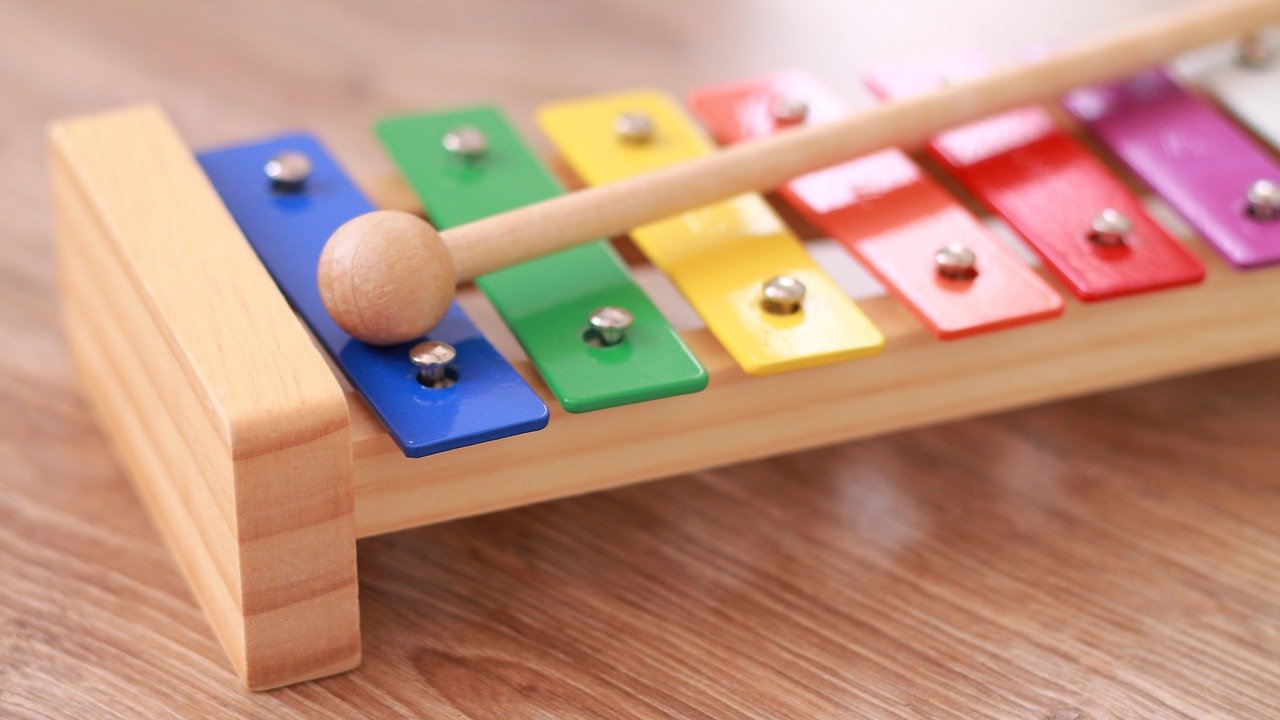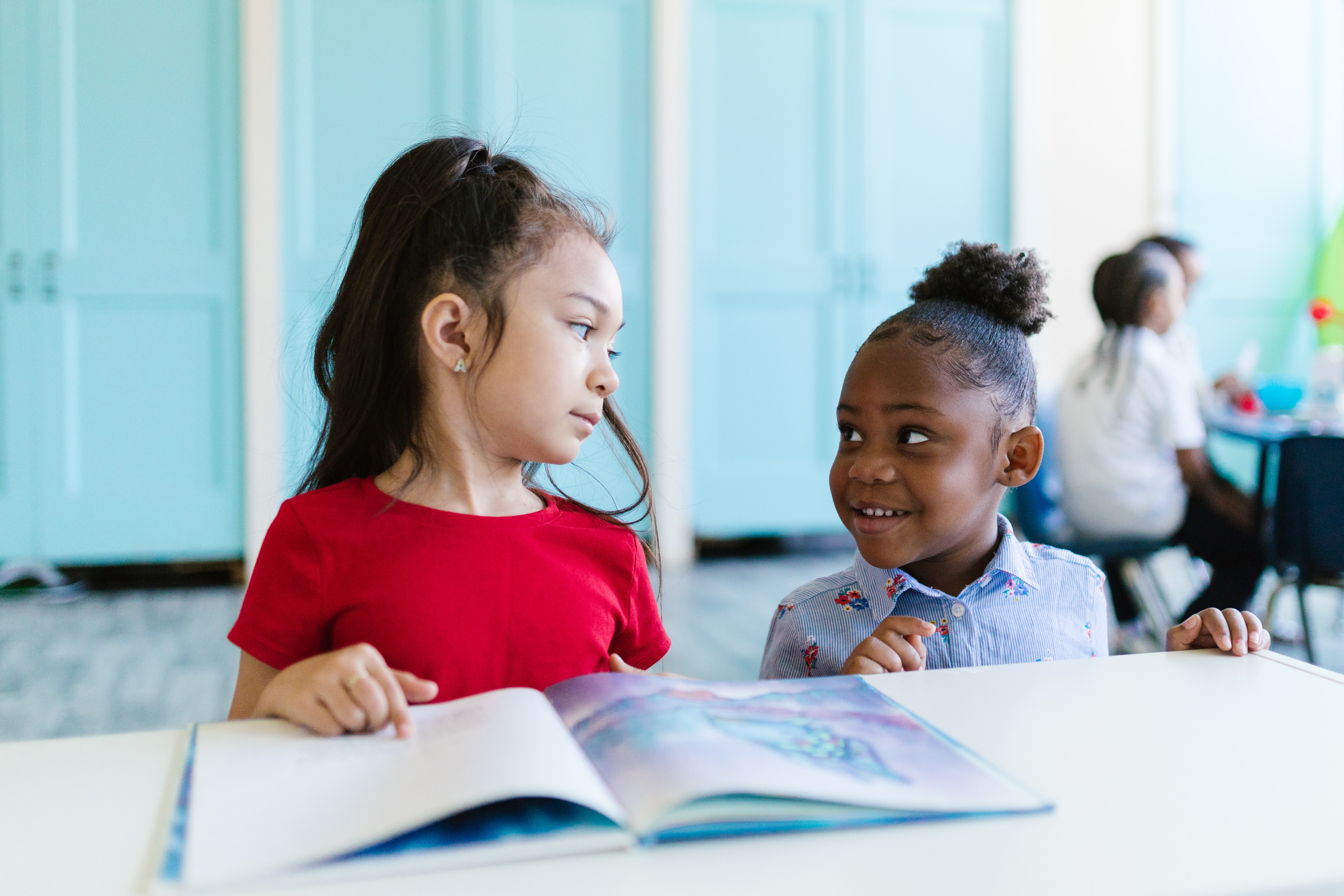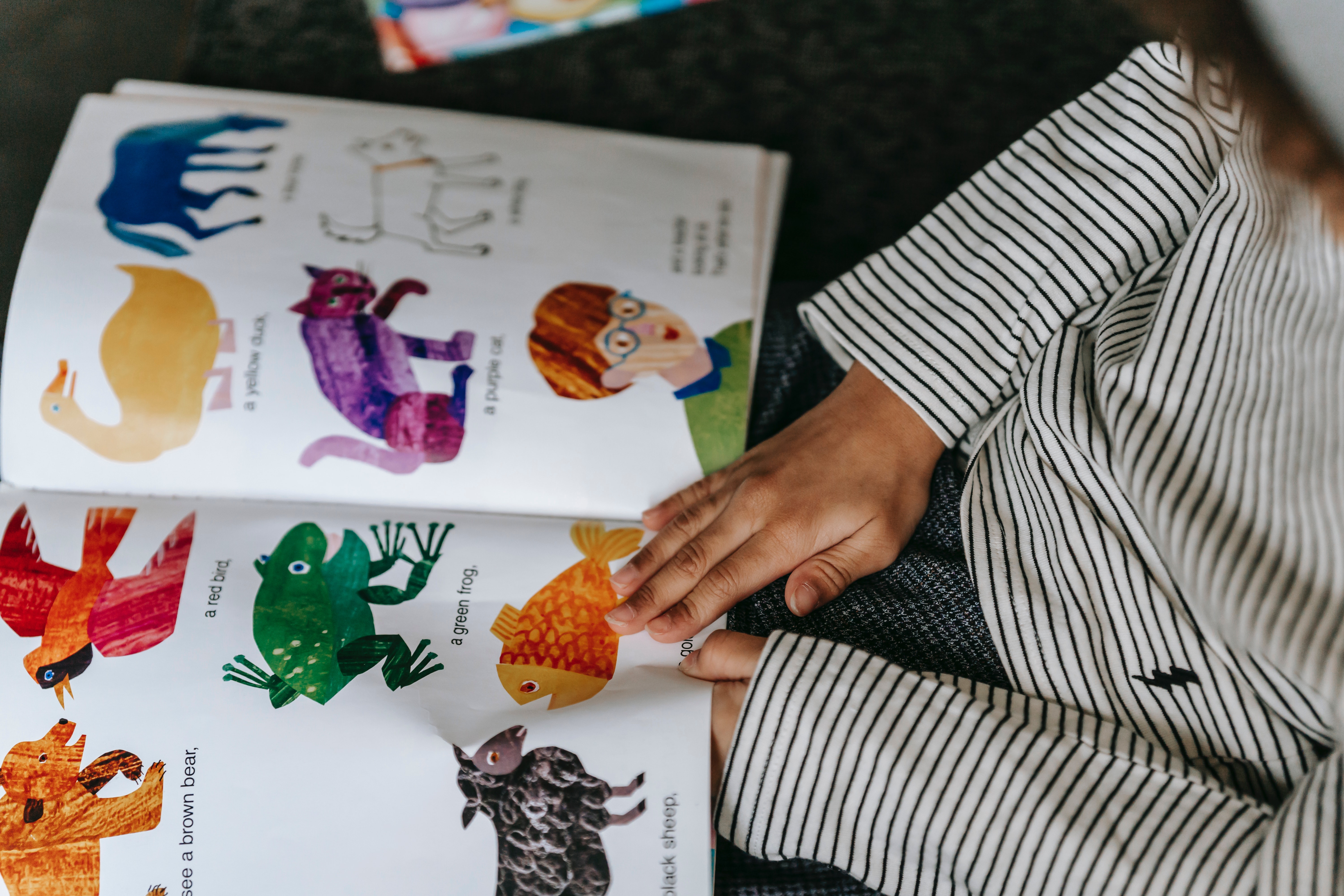In this blog post, we look at some of the findings of children’s kindergarten practices collected by the researchers at the University of Algarve in Portugal. The data were obtained in the Cluster of Schools of Vila do Bispo. This cluster of schools is one of the most multilingual and multicultural in the region. In almost all classes more than half of the children do not have Portuguese as their first language. In some cases more than 80% of them are in this situation. This blogpost focuses on findings from a class in the kindergarten where linguistically sensitive teaching (LST) is real and where cultural aspects are utilised in practice.

Over the years, we at the University of Algarve have been discovering “hidden gems”, meaning linguistically and culturally aware persons who we have encouraged to share their innovations. The following cases were reported by Margarida Oliveira, a teacher in the kindergarten, and Ilda Cabeçadas, a librarian teacher.
One of the hidden gems was a Belgian mother who loves dancing. She introduced us the weekly “dances of the world” that the group loved. The pedagogical and technical quality was excellent, and we considered it to be a very valuable resource for all the pre-school classrooms in the county. She currently lives in Belgium, but we still use her approach for inclusion.
Another hidden gem was a Polish mother who plays all the musical instruments in the world. Therefore, her approach for inclusion was through music. Even today there is a weekly music session with all the pre-school classrooms. We all learn music and the names of the instruments in several languages.
The third hidden gem was an English mother who worked as a theatre teacher at an International School nearby. In the beginning she was a little unsure because she had never worked with children so young. She ended up being fascinated by these children and dedicating herself completely to the weekly English/body expression sessions in all the preschool classrooms.

Some other contributions provided us with unique experiences. There was for example South American music at the carnival ball of the educational centre, Italian pizzas made by a Greek and Spanish family, a plastic experiment with an Argentinian father, role-playing to a Ukrainian story introduced by a mother, dramatization of parents of different nationalities for all the educational centre, preparation and cultivation of the school garden by the families with children in the kindergarten.
The families have always lived together, being from different parts of the world. They communicate and share healthily and learn and build identity positively. They all live daily as plurilinguals.
The need for safety and well-being is important for both the parents and the children. Foreign language families, usually around 2/3 of all, are dealing with a school, a language of schooling and cultural environment that they are not familiar with, and it is vital to give them confidence.
In the adaptation phase, we try to establish bridges between languages and persons. When there are children with the same language, the approach is usually spontaneous. They all are very curious and interested in all the languages. Sharing games with colleagues stimulates interest in communication, and there is an evolution in the learning languages (including Portuguese). The group develops skills in different languages and learn words and short phrases.


Based on our findings, we see stories, songs, and poems as a starting point for daily activities. Additionally, videos, documentaries, and books in different languages, found for example in the library, should be utilised. The resource bank increases significantly.
Activities with other groups, classes and people from the community promote significantly learning and experiences. Translation when possible, very often we don’t know several languages of the class, can be used as a last resource. We also find the support from another child or other children as a means for better communication.

Compiled by Manuel Célio Conceição
Universidade do Algarve



